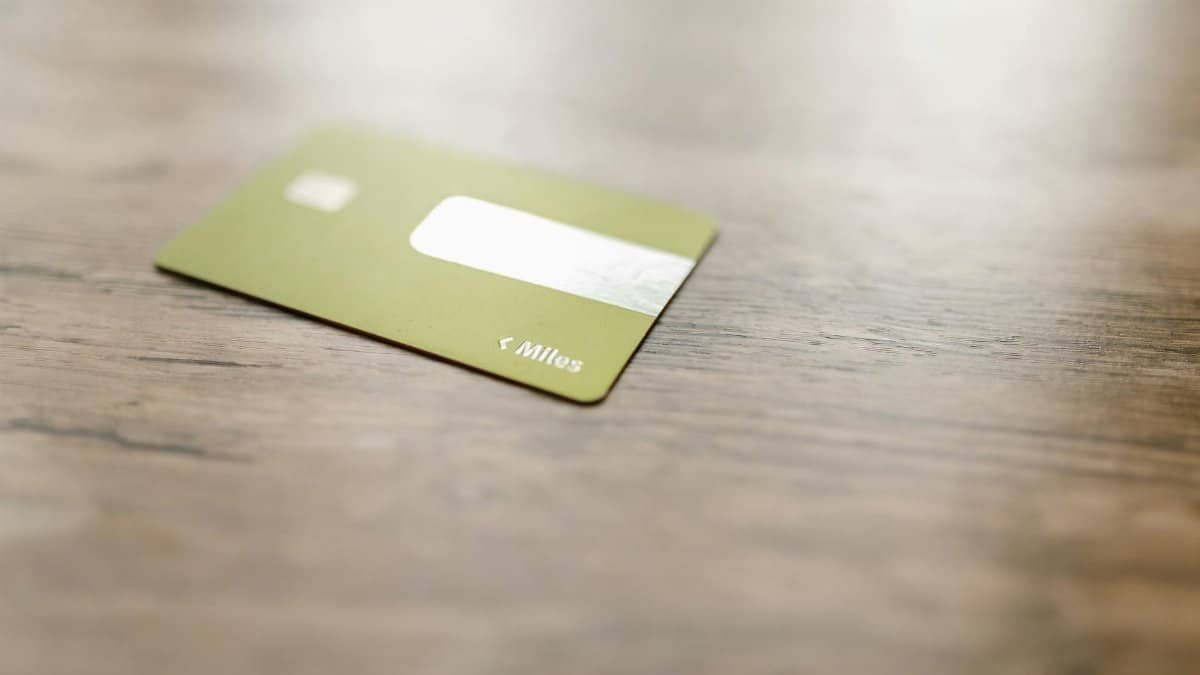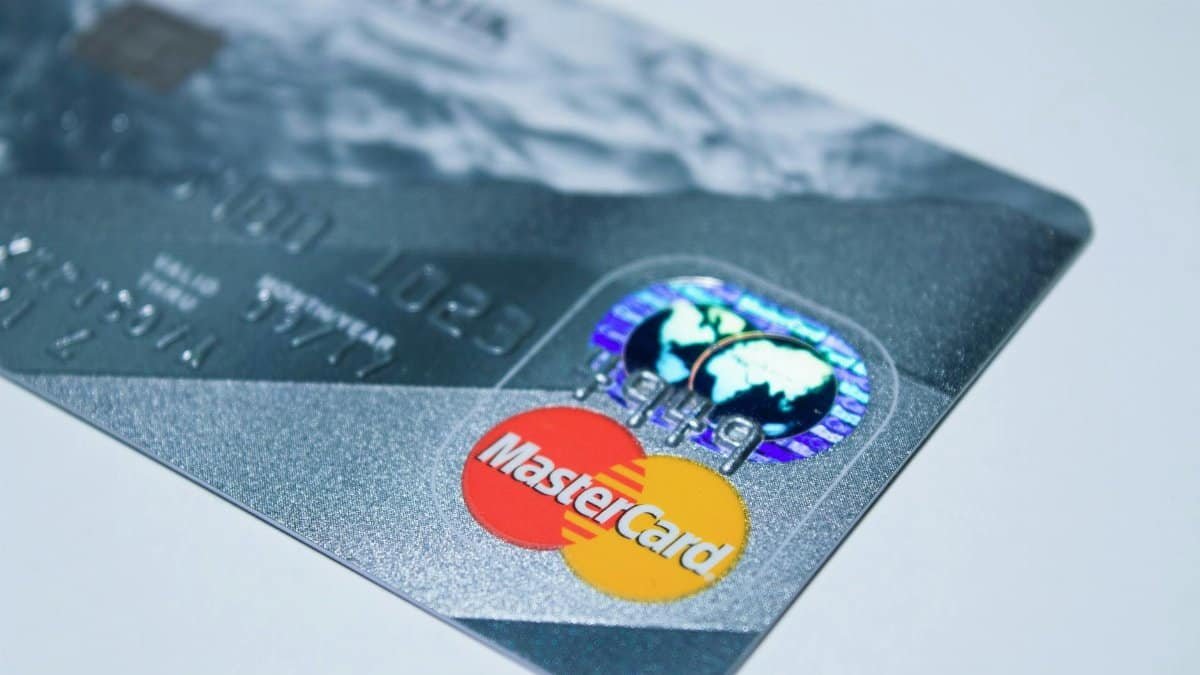Imagine a quiet evening, the kind where the world slows down just enough to breathe. At a small community center in Portland, Oregon, a group of middle-aged adults gathered recently for a workshop on personal finance. Amid the hum of conversation, one phrase kept surfacing: mindful money practices. For many there, it wasn’t just about balancing a checkbook. It was about finding peace in a world where financial stress often feels like a constant shadow. Their stories echoed a broader yearning—a desire to approach money with intention, not anxiety. As 2025 unfolds, this concept is gaining traction across the U.S., resonating with those tired of feeling trapped by their finances. It’s a shift toward clarity, a way to align spending and saving with personal values. What if small, deliberate habits could transform that stress into a sense of control?
1. Track Every Dollar with Purpose

Start with the basics. Mindful money practices often begin with awareness, and that means knowing where every cent goes. It’s not about judgment or restriction. Instead, it’s a quiet act of curiosity. Grab a notebook or use a simple app to log expenses for a month. Notice patterns. Does that daily coffee run add up more than expected? A 2022 survey by the Federal Reserve found that many Americans underestimate small, recurring costs. Seeing the numbers in black and white can shift perspective. One person shared in an online forum recently how this habit felt like turning on a light in a dark room—suddenly, choices became clearer. The goal isn’t perfection. It’s understanding.
2. Pause Before Purchasing

Ever felt the rush of an impulse buy, only to regret it later? Slowing down can change that. Before clicking “buy” or swiping a card, take a breath. Wait 24 hours for non-essential items. This small gap lets emotion settle and reason step in. Research from American Psychological Association shows that stress often drives impulsive spending. A pause disrupts that cycle. Picture a busy mom standing in a store aisle, debating a shiny gadget. She steps back, waits, and realizes the money could go toward her kid’s summer camp. That moment of reflection is mindfulness in action.
3. Set Intentional Budget Goals

A budget doesn’t have to feel like a cage. Frame it as a map. Decide what matters most—maybe it’s a family vacation or paying down debt. Allocate funds with those priorities in mind. According to a report by Pew Research Center, Americans who set specific financial goals are more likely to stick to budgets. This isn’t about cutting out joy. It’s about ensuring money flows toward what brings lasting value. Revisit goals monthly. Adjust as life shifts. Intentionality keeps the process alive.
4. Embrace the Power of ‘No’

Saying no can be liberating. Social pressures often nudge people to spend beyond their means—think extravagant weddings or trendy gadgets. Mindful money practices mean recognizing when to decline. It’s not about isolation. It’s about protecting your financial peace. A study from Consumer Financial Protection Bureau highlights how social comparison fuels overspending. Next time a friend pushes for an expensive outing, suggest a free alternative like a park picnic. Boundaries aren’t selfish. They’re grounding.
5. Automate Savings First

Out of sight, out of mind. Set up automatic transfers to a savings account the moment payday hits. Even $20 a month builds over time. This removes temptation and prioritizes future security. Data from the Federal Reserve notes that consistent savers, even in small amounts, report lower financial stress. One couple described automating savings as “paying their future selves.” In 2025, with economic uncertainty lingering, this habit offers a buffer. Start small if needed. Consistency matters more than amount.
6. Reflect on Money Memories

Take a moment to think back. How did childhood shape your view of money? Maybe a parent’s frugality left an imprint, or a sudden loss taught scarcity. Reflecting uncovers emotional triggers behind spending or saving habits. Therapists often tie financial stress to past experiences, as noted in APA research. Write down a few memories. Notice how they influence today’s choices. This isn’t about blame. It’s about clarity—a cornerstone of mindful money practices.
7. Limit Digital Spending Triggers

Smartphones make spending too easy. Notifications ping with sales. Ads stalk every scroll. Cut the noise. Unsubscribe from marketing emails. Turn off app alerts. Studies show digital cues drive unplanned purchases—Pew Research confirms this trend among younger adults, but it spans generations. One man recalled deleting a shopping app after realizing it fueled late-night splurges. Create friction. Log out of accounts. Make spending a conscious act, not a reflex.
8. Align Purchases with Values

What do you stand for? Maybe it’s sustainability or supporting local businesses. Let those beliefs guide spending. Skip fast fashion for a durable, ethical brand. Buy from a nearby market instead of a mega-chain. This alignment fosters satisfaction beyond the transaction. Research from consumer studies suggests value-driven spending reduces buyer’s remorse. It’s a quiet rebellion against mindless consumption. Every dollar becomes a vote for what matters.
9. Practice Gratitude for What You Have

Financial stress often stems from wanting more. Flip the script. List five things you’re thankful for—could be a cozy home or a reliable car. Gratitude shifts focus from lack to abundance. Psychological studies, like those referenced by APA, link gratitude to lower anxiety around money. One woman shared how this habit stopped her from envying others’ lifestyles. It’s simple. It’s free. And it rewires perspective.
10. Plan for Joyful Spending

Mindfulness isn’t deprivation. Budget for fun—intentionally. Set aside money for a concert or a weekend getaway. Knowing it’s planned removes guilt. A Pew survey found that Americans who allocate for enjoyment stick to budgets better. Think of it as permission to live, not just survive. Savor the anticipation. Joyful spending, when deliberate, feels earned.
11. Tackle Debt with Small Wins

Debt looms large for many. Break it into chunks. Pay off the smallest balance first for a quick victory. Momentum builds. The Consumer Financial Protection Bureau notes that small wins boost motivation. Picture a single dad clearing a $300 credit card balance. That triumph fuels tackling the next. Celebrate each step. Mindfulness here means focus, not overwhelm.
12. Seek Community Support

You’re not alone. Join a local group or online forum focused on financial wellness. Share tips. Vent frustrations. Community normalizes the struggle and offers accountability. Research shows social support reduces stress—APA backs this up. Hearing others’ stories, like a neighbor cutting grocery costs creatively, inspires. Connection turns mindful money practices into a shared journey.
13. Reassess Needs Versus Wants

Blurred lines cause trouble. A new phone might feel urgent, but is it? Challenge assumptions. List needs—shelter, food, transport. Then list wants. Be honest. This clarity curbs overspending. Federal Reserve data shows many Americans conflate the two, fueling debt. Step back. Question. Redefining “need” reshapes habits.
14. Build an Emergency Cushion

Life throws curveballs. A flat tire. A sudden vet bill. An emergency fund eases the blow. Aim for $1,000 initially, then grow it. Even $50 a month helps. Studies from Pew Research reveal that households with savings report less anxiety. It’s not just money. It’s peace of mind for 2025’s uncertainties.
15. Review Progress Monthly

Check in. Set a recurring date to review finances. Look at spending, savings, goals. Adjust without judgment. This habit keeps mindfulness alive. Consumer Financial Protection Bureau research suggests regular reviews prevent small issues from snowballing. Think of it as a conversation with your money. Where did it go? Where should it go next? Each month, refine the dialogue.
Financial stress doesn’t vanish overnight. But these mindful money practices offer a path—less about perfection, more about presence. They invite a shift, from reacting to money’s demands to steering its course. Across the U.S., from Portland’s community centers to online discussions, people are rediscovering control through intention. It’s not a cure-all. Yet in 2025, amid rising costs and uncertainty, these small acts of awareness might just lighten the load. One deliberate step at a time, calm replaces chaos.
